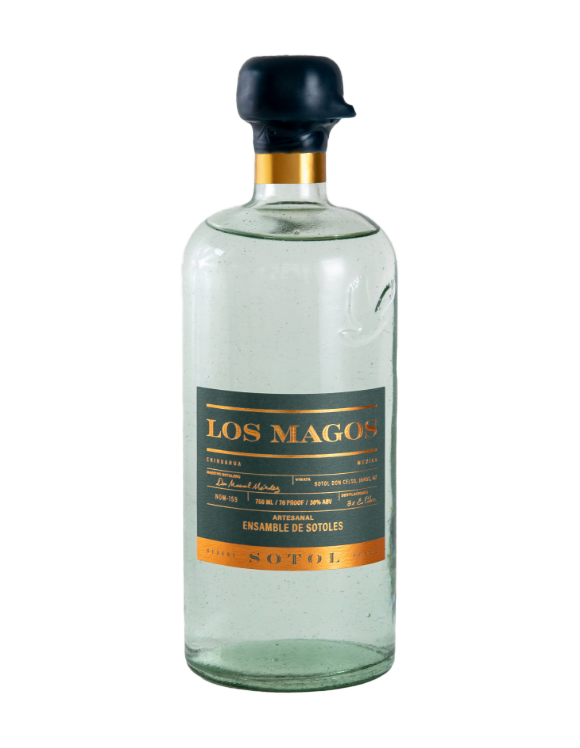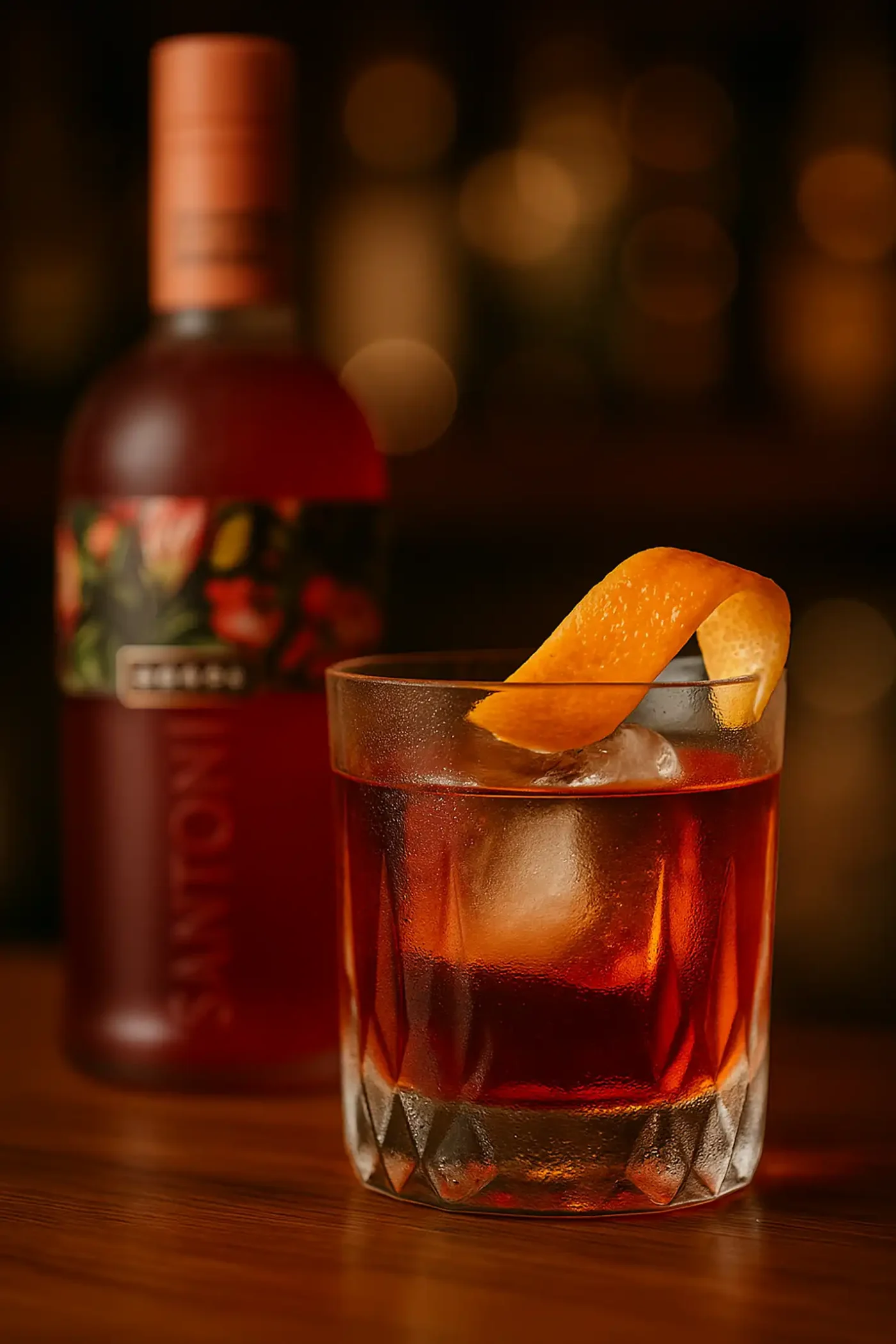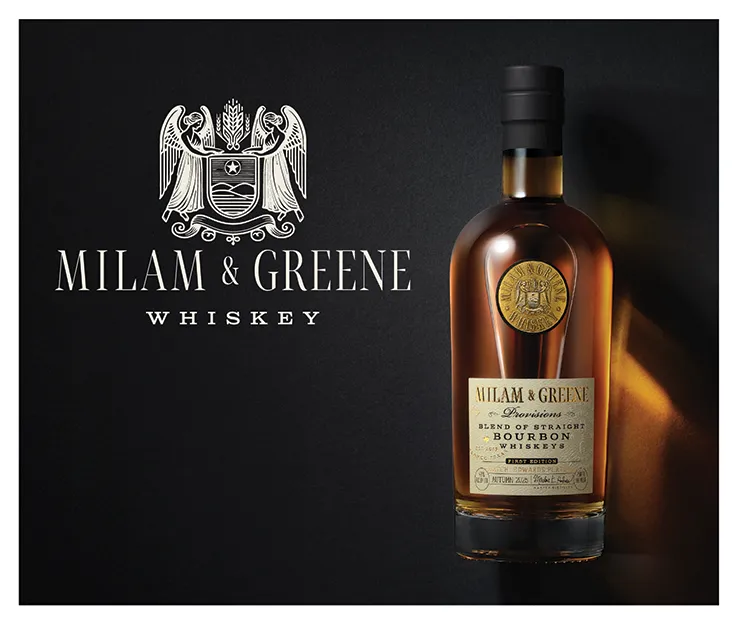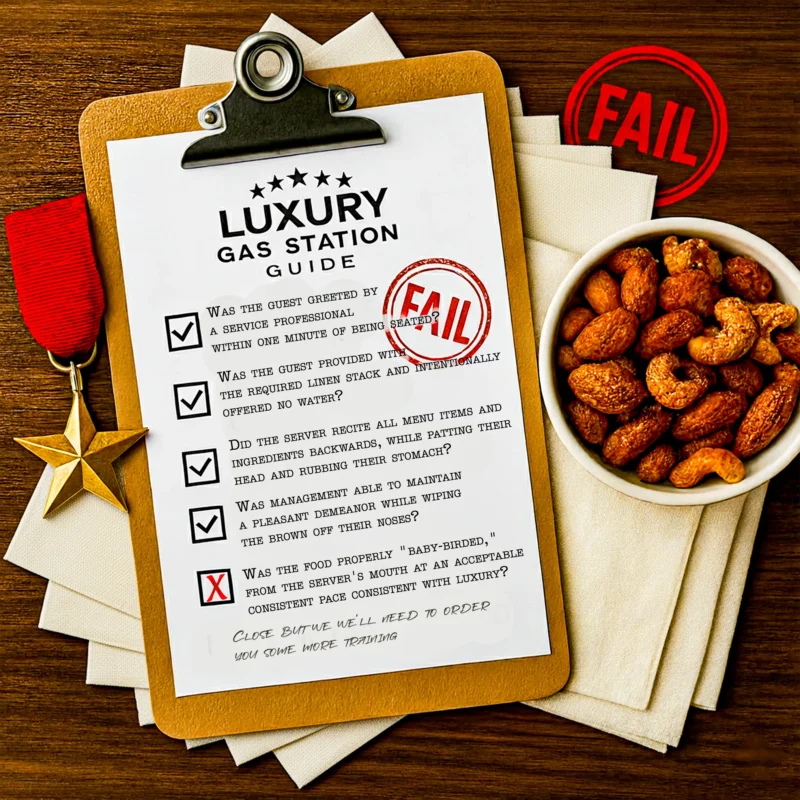The Bottle i need to get rid of
The Bartender’s Dilemma: Santoni Amaro and the Dusty Bottle Problem
| Estimated Reading Time: 3 Minutes
Every bar has those bottles, the ones that sit at the back of the shelf, collecting dust.
Some are oddly shaped, others filled with obscure or unexpected ingredients. At this point, they’re more decoration than anything else.
But every now and then, a bartender finds a way to give them new life.
nter Conor Murphy, who moved from Longford, Ireland, to San Diego, and currently resides in NYC working at The Elgin.
While doing Monday night inventory, Conor came across a bottle of Santoni Amaro sitting suspiciously full on the shelf.
A quick check in the back uncovered the real issue, with four more untouched bottles tucked away behind it.
Now his mission was simple — make those five forgotten bottles disappear.
So, What Even Is Amaro?
It literally means “bitter” in Italian.
Basically, it’s an herbal liqueur made by soaking all sorts of stuff, like herbs, roots, flowers, and fruit peels, in alcohol. Then, it’s sweetened up a bit.
Every amaro has its own secret recipe, making them taste very different from each other. Some are extremely bitter, some are sweeter, some are super herbal, and some are fruity.
But Santoni Tuscan Amaro is on the lighter, citrus-forward end of the spectrum. And way less bitter than the heavy hitters like Fernet, more of a gentle whisper of bitter orange, warm spices, and a hint of rhubarb with less alcohol.
It’s so approachable, that it sometimes gets overlooked by the “Amaro purists” who prefer their digestifs to wrestle them into submission.
If it’s gathering dust on your shelf, it’s probably because:
- It’s too mild to sip on its own.
- It gets lost in bolder drinks.
- You haven’t found the right cocktail for it , yet.
Instead of trying to force the Santoni into a classic formula, Conor flipped the script and paired it with something a little differnt, Los Magos Sotol.
So What Is Sotol?
It’s not tequila. It’s not mezcal.
It’s sotol : a lesser-known Mexican spirit made from the Desert Spoon plant (cousin to agave).
Harvested wild across Northern Mexico, sotol has been made for centuries, but it’s just starting to gain attention outside Mexico.
Flavor-wise, it sits somewhere between mezcal and tequila: more herbal and grassy than tequila, a bit less smoky than mezcal.
Los Magos, the brand Conor used, leans on the softer, earthier side. It’s smooth but still carries enough bite to hold its own.
And when paired with Santoni’s citrus and herbs, it gives the drink depth without overpowering it.

Sotol | Image by Los Magos
If you’re in NYC, head over to “The Elgin” to try Conor’s Mexican Negroni for yourself.
But if you can’t make it, don’t worry—you can craft one at home!
Here’s the recipe:
Cocktail: Mexican Negroni
Recipe:
- • 1 oz Los Magos Sotol
- • 1 oz Santoni Amaro
- • 1 oz Sweet Vermouth
Stir over ice until it’s cold, smooth, and just the right amount of diluted.
Strain into a rocks glass over one big cube.
Garnish with a fresh orange peel, express the oils, then drop it in like you mean it.
Tasting Notes:
This riff tones down the Negroni’s usual bite and swaps the gin for Los Magos Sotol . Earthy, a little smoky, and just wild enough to keep things interesting. Santoni smooths it out with orange peel, floral herbs, and a soft bitterness that adds structure without stepping on the sotol.
The result?
A smooth, slightly smoky, bittersweet drink with a citrus lift and a clean finish. It’s not as bold as your standard Negroni, but it’s balanced, unique, and a smart way to put that Santoni to use , especially for guests who aren’t into cocktails that punch them in the face.

Mexican Negroni |
Like what you’re reading?

















